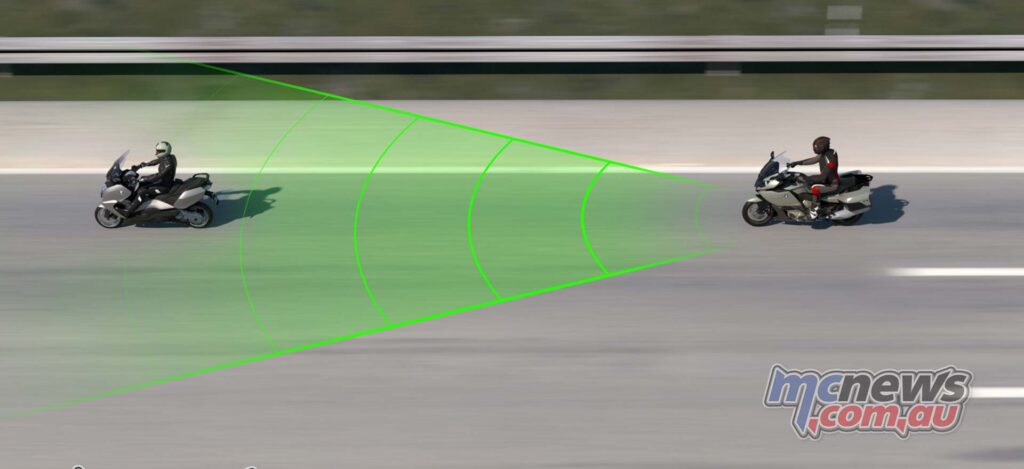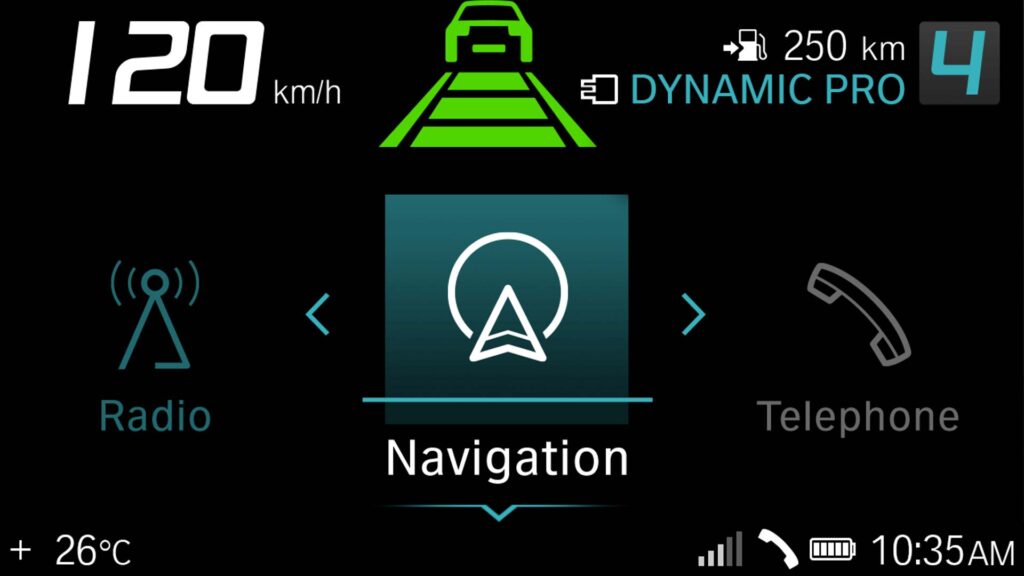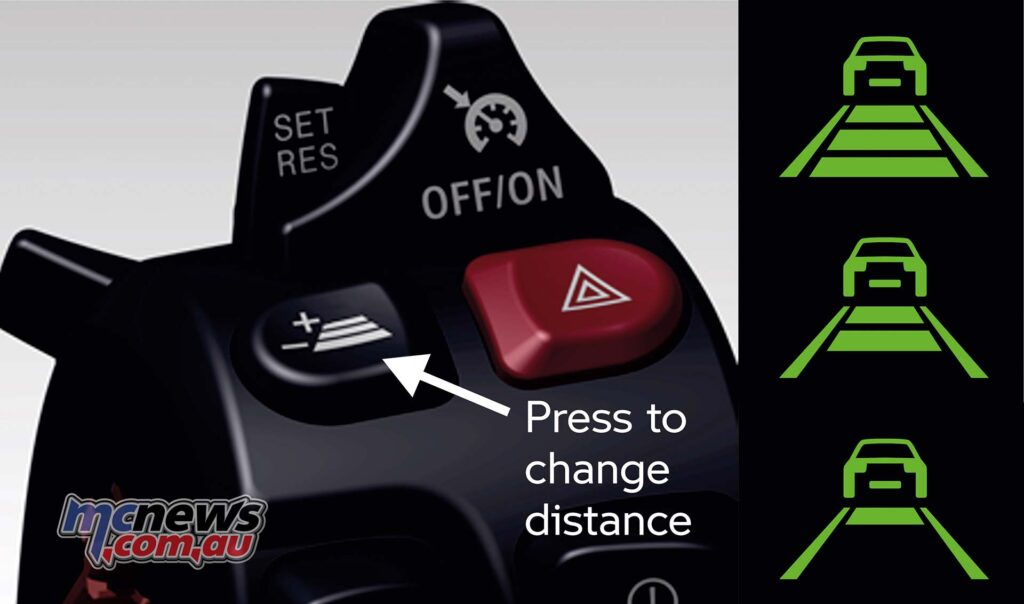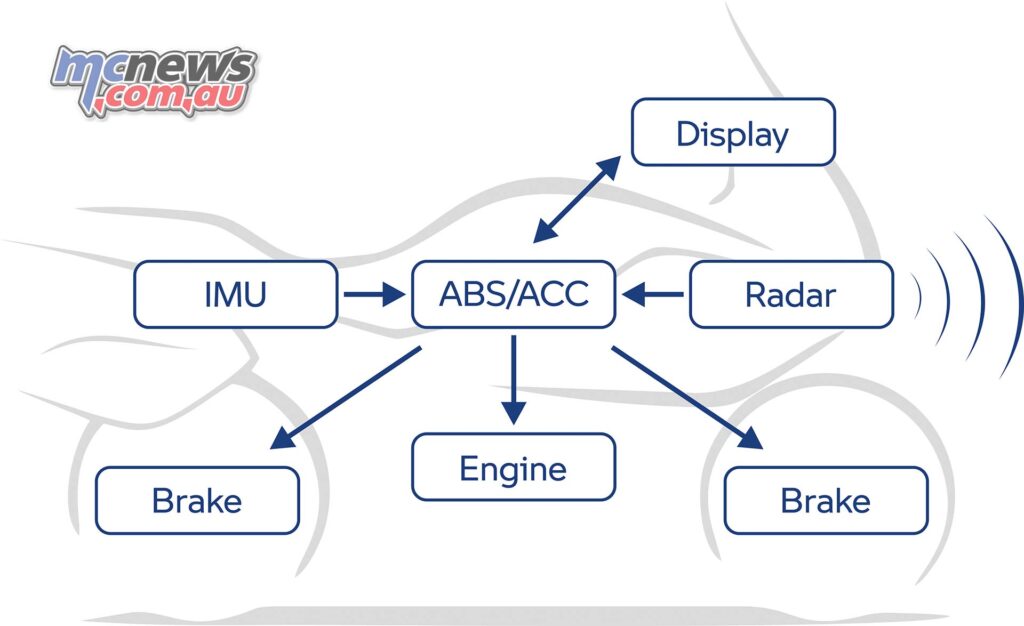BMW’s adaptive cruise tech transfers to Motorrad
Relaxed cruising with active cruise control, without having to manually adapt to the driving speed of the vehicle in front – already available in cars now for many years, but not the standard in motorcycles to date. However, with the Active Cruise Control (ACC), BMW Motorrad will soon offer this type of rider assistance system, thus providing motorcyclists with a completely new, comfortable riding experience.

ACC is a rider assistance system that was developed in cooperation with the partner, Bosch. The many years of experience with passenger car driver assistance systems of both companies could be applied selectively and used for motorcycle applications. The new ACC provides maximum comfort for the demanding touring motorcyclist by automatically regulating the speed set by the rider and the distance to the vehicle driving in front.

The system automatically regulates the vehicle speed when the distance to the vehicle in front is reduced and keeps the distance defined by the rider. This distance can be varied in three stages. Both the riding speed as well as the distance to the vehicle in front can be set conveniently using a button.

The individual settings are displayed on the TFT instrument cluster. The new BMW Motorrad ACC has two selectable control characteristics: comfortable or dynamic, in which the acceleration and deceleration behaviour is changed accordingly. The distance control can also be deactivated in order to be able to use the Dynamic Cruise Control (DCC).
When cornering, the speed is automatically reduced by the ACC if required and a comfortable lean angle is aimed at. With an increasing lean angle, however, the braking and acceleration dynamics are limited in order to maintain a stable rideability and not to unsettle the rider by abrupt braking or acceleration.
BMW Motorrad Active Cruise Control (ACC) Video
The BMW Motorrad ACC is a rider assistance system that leaves the responsibility with the rider and allows him to intervene at all times. That is also because the new ACC only responds to moving vehicles. Stationary vehicles – like at the end of a traffic jam or at traffic lights – are are not considered. In such cases, the rider has to do the braking.
























